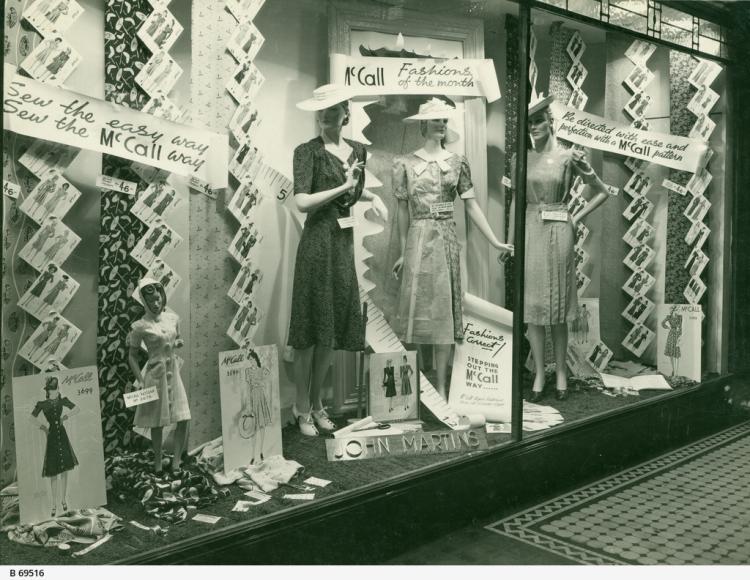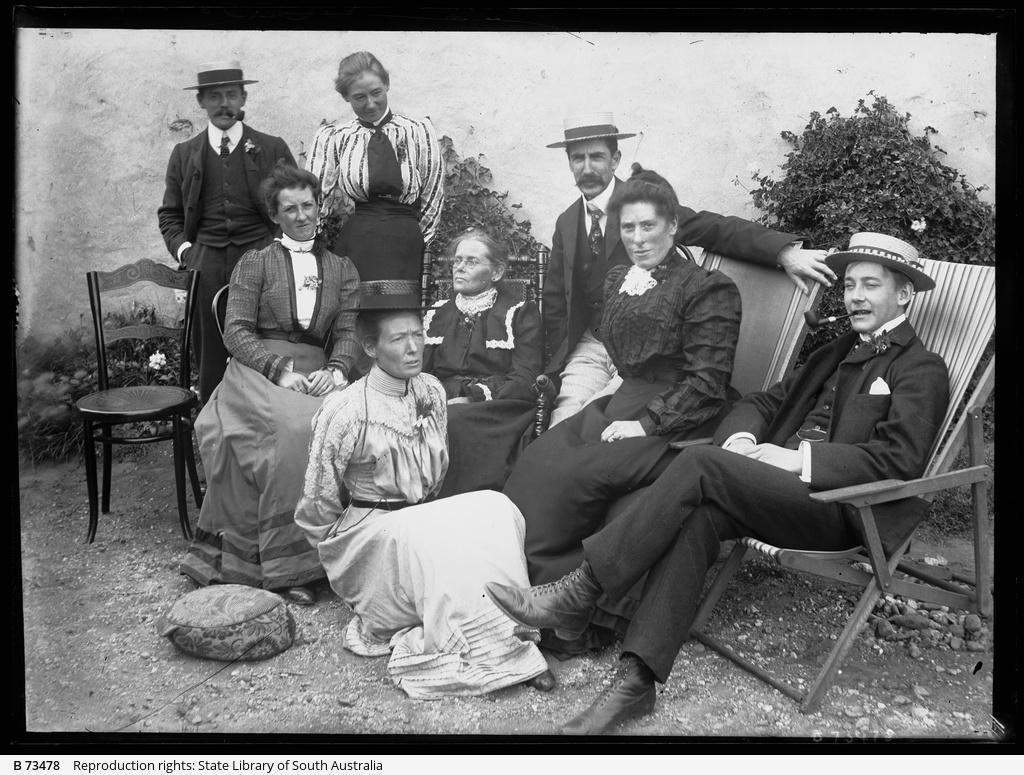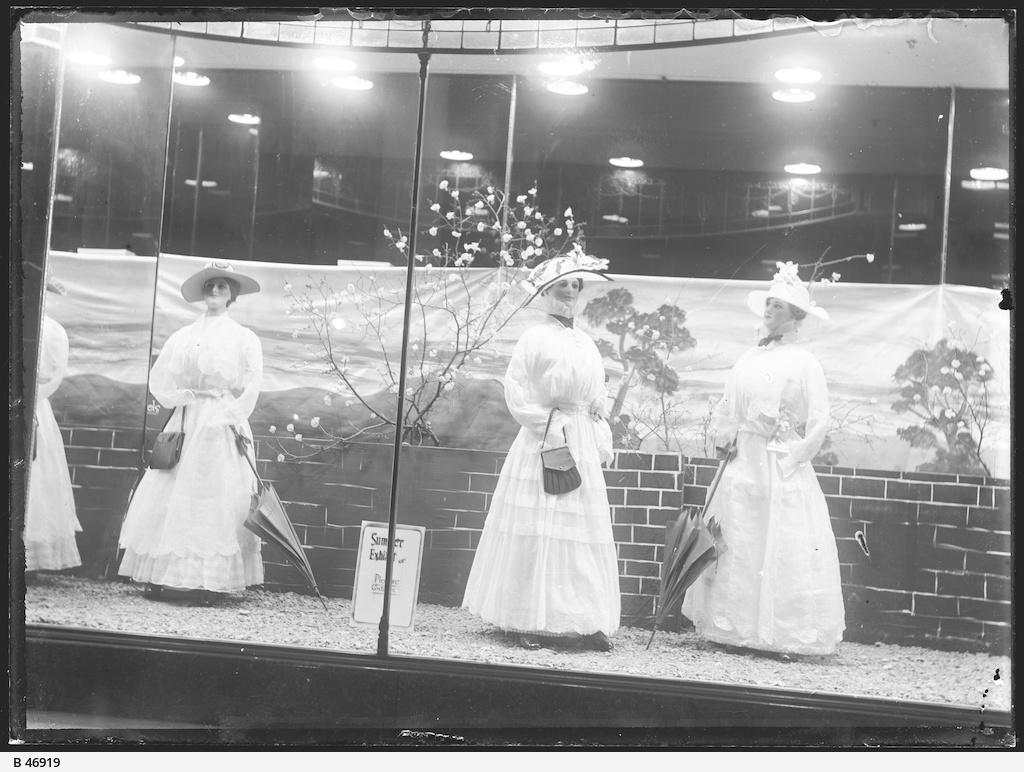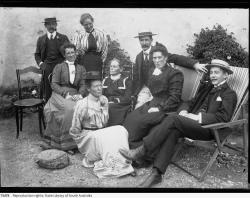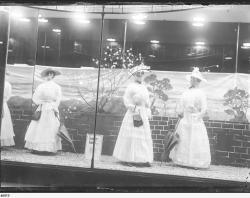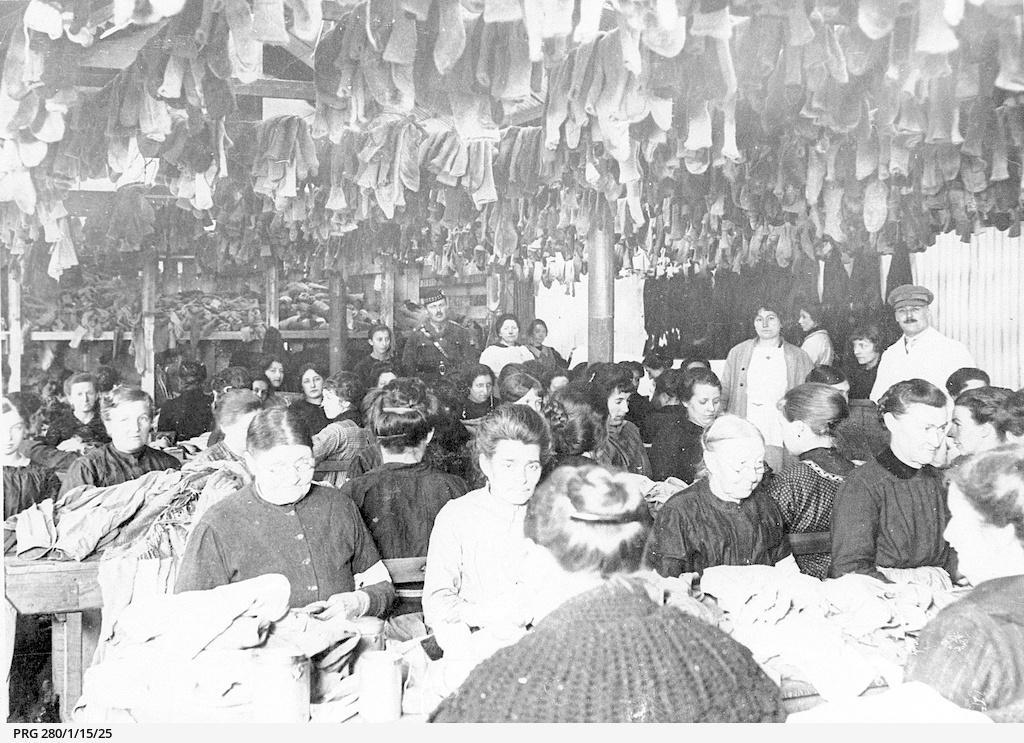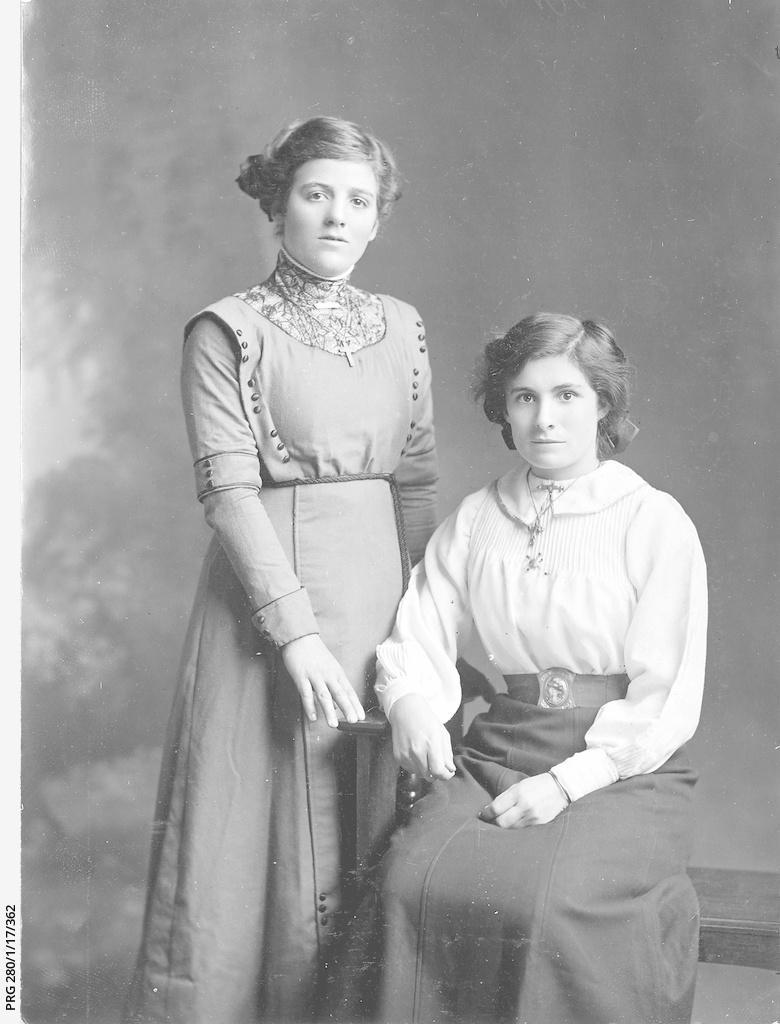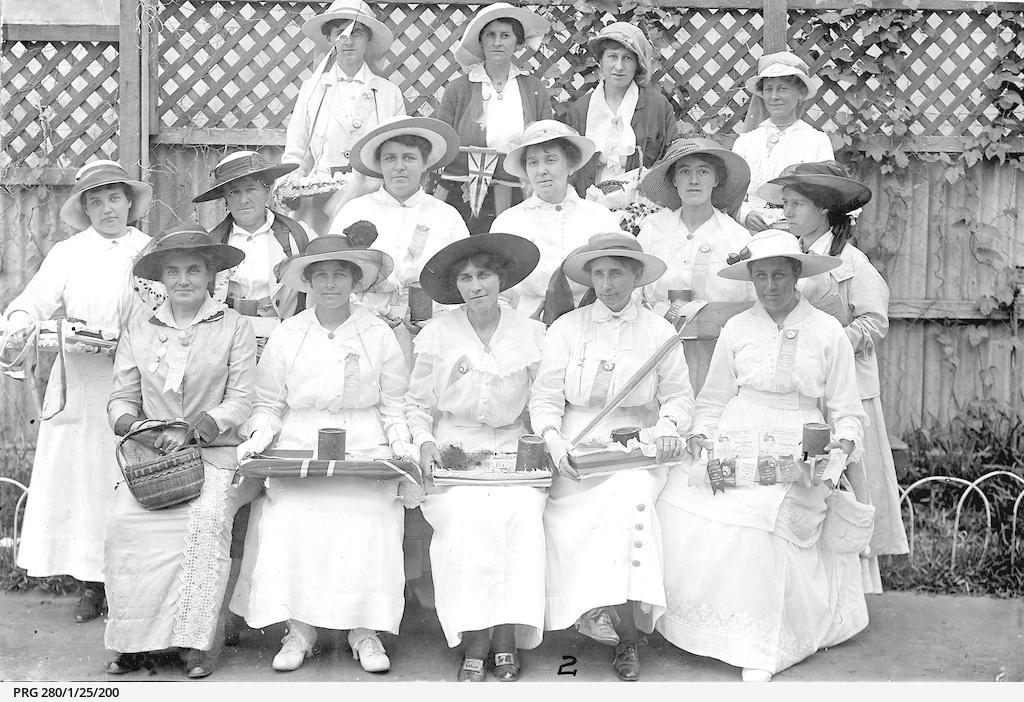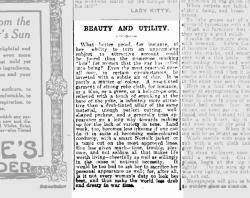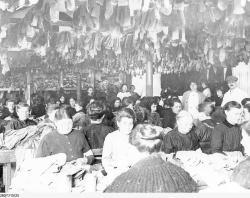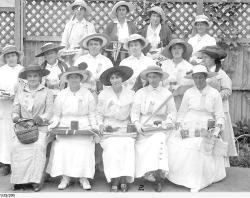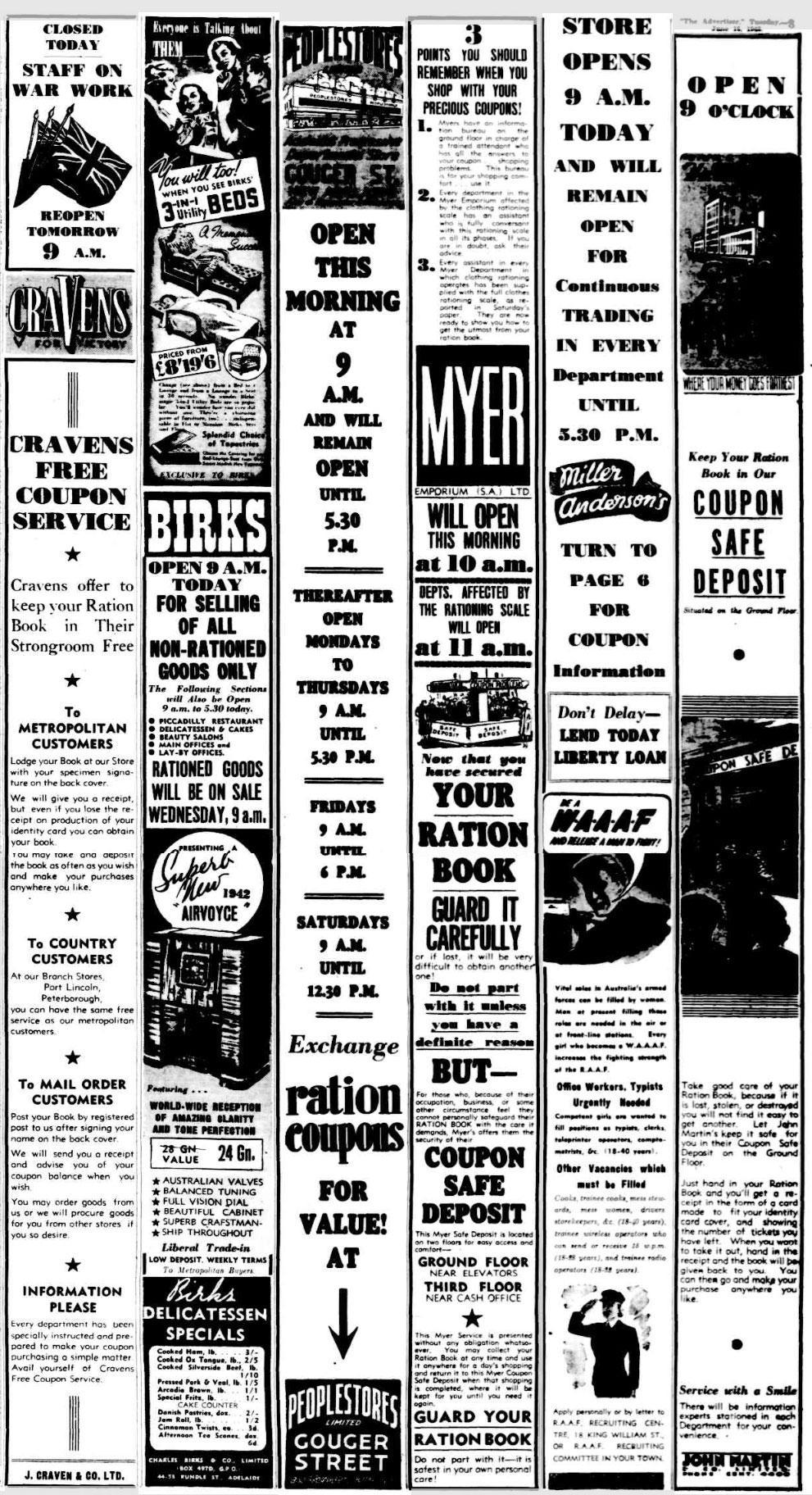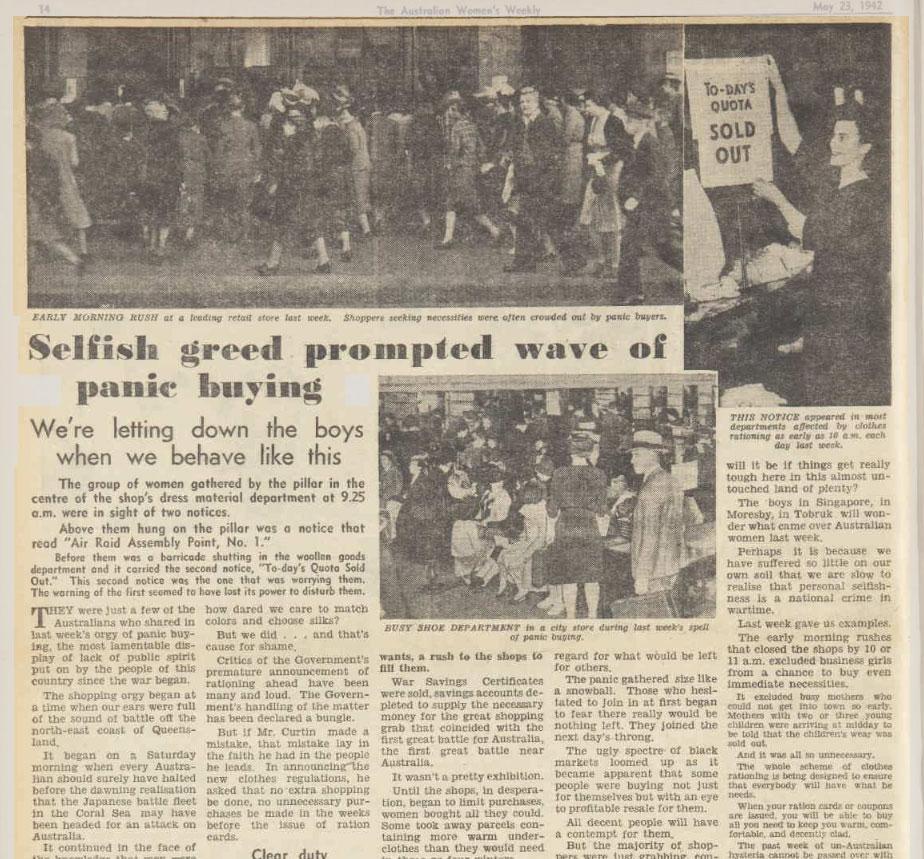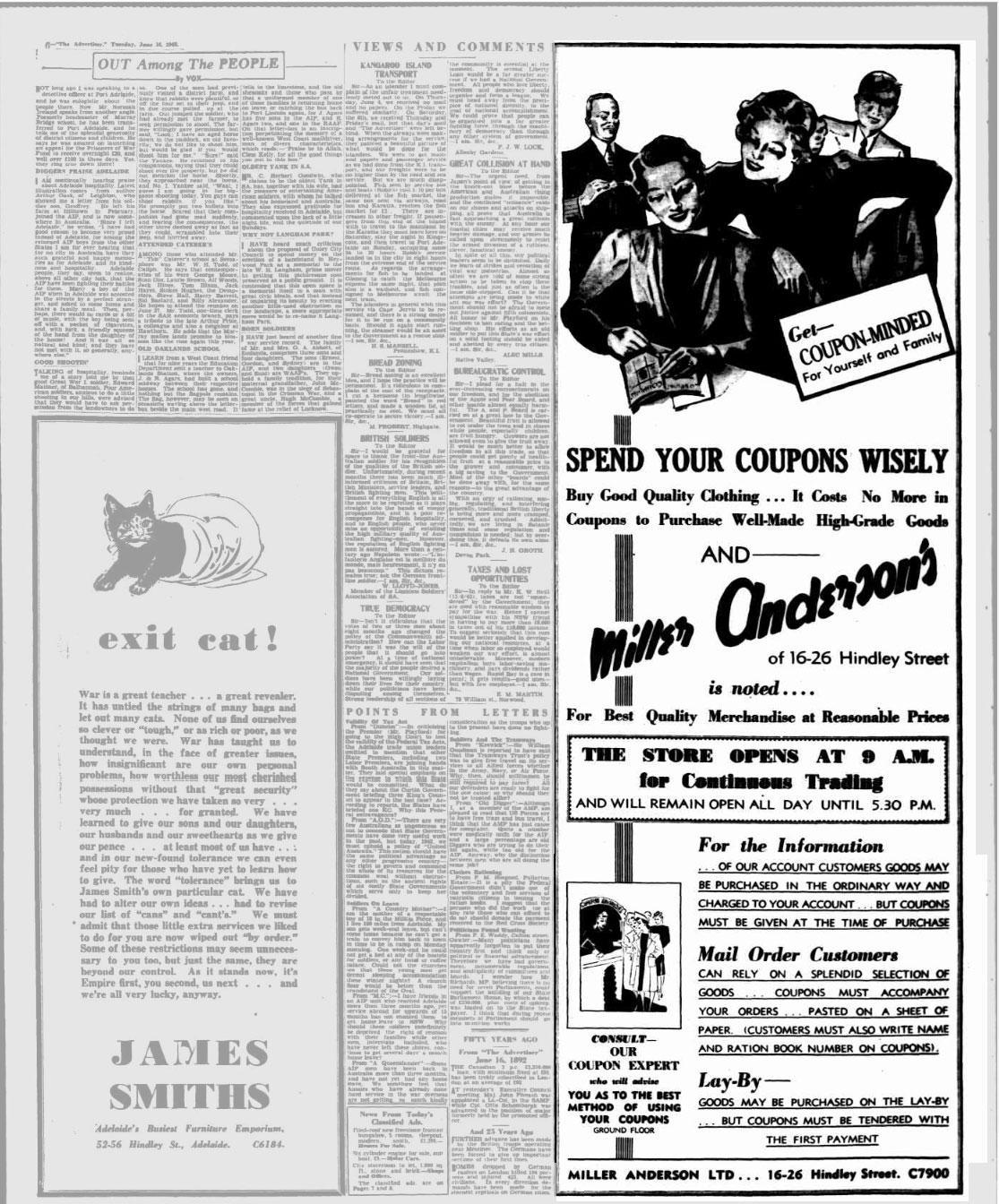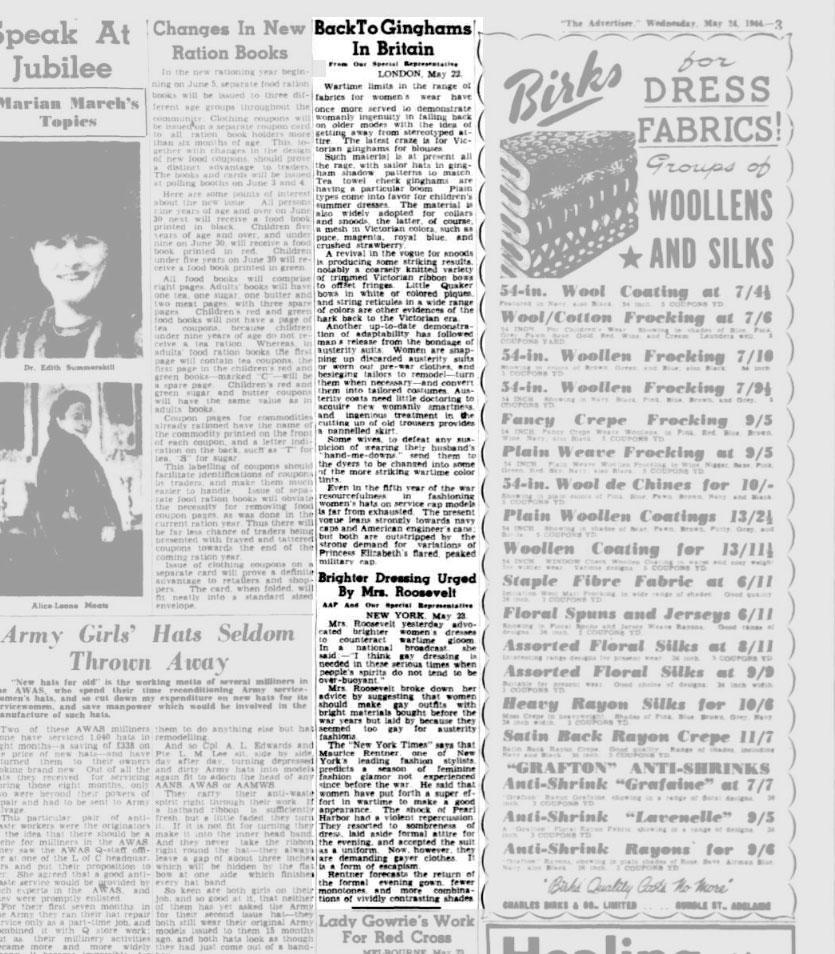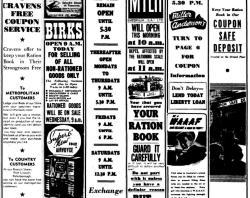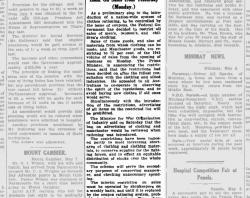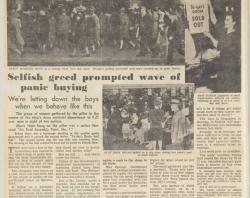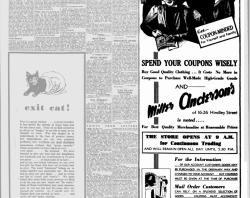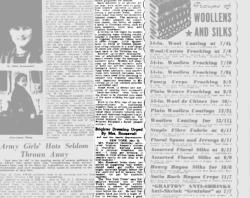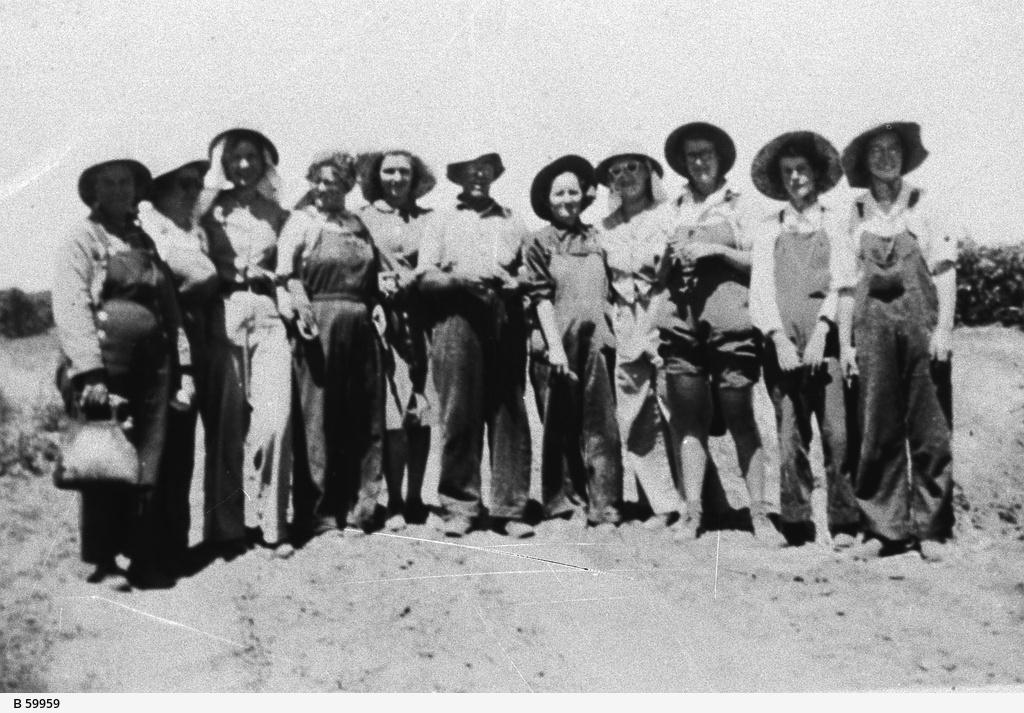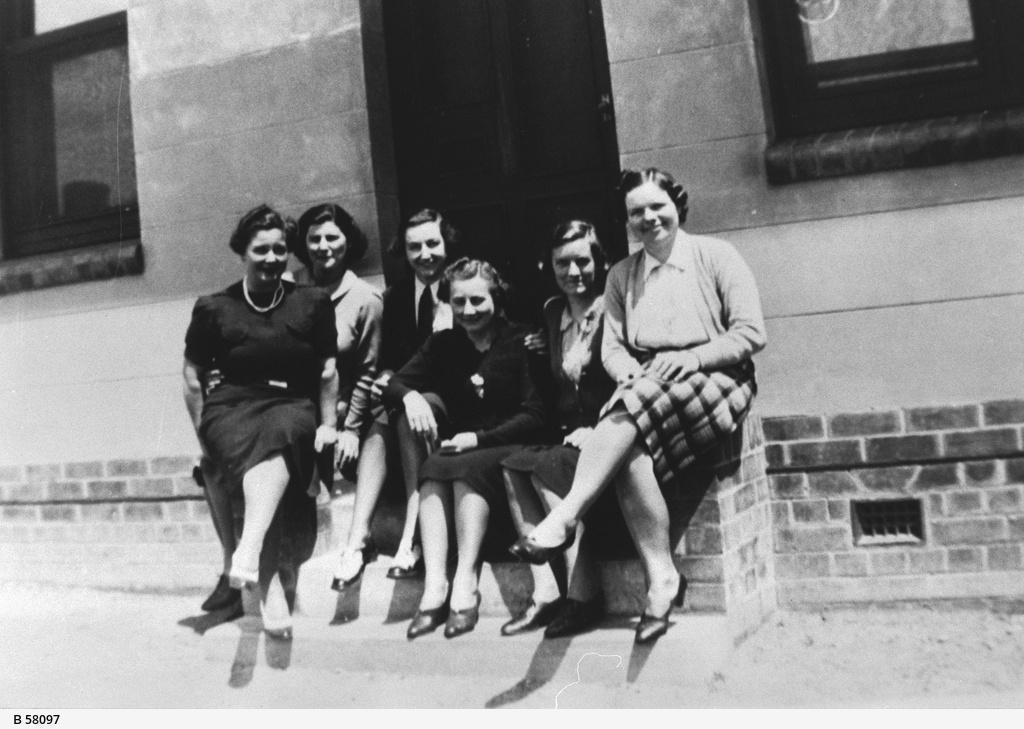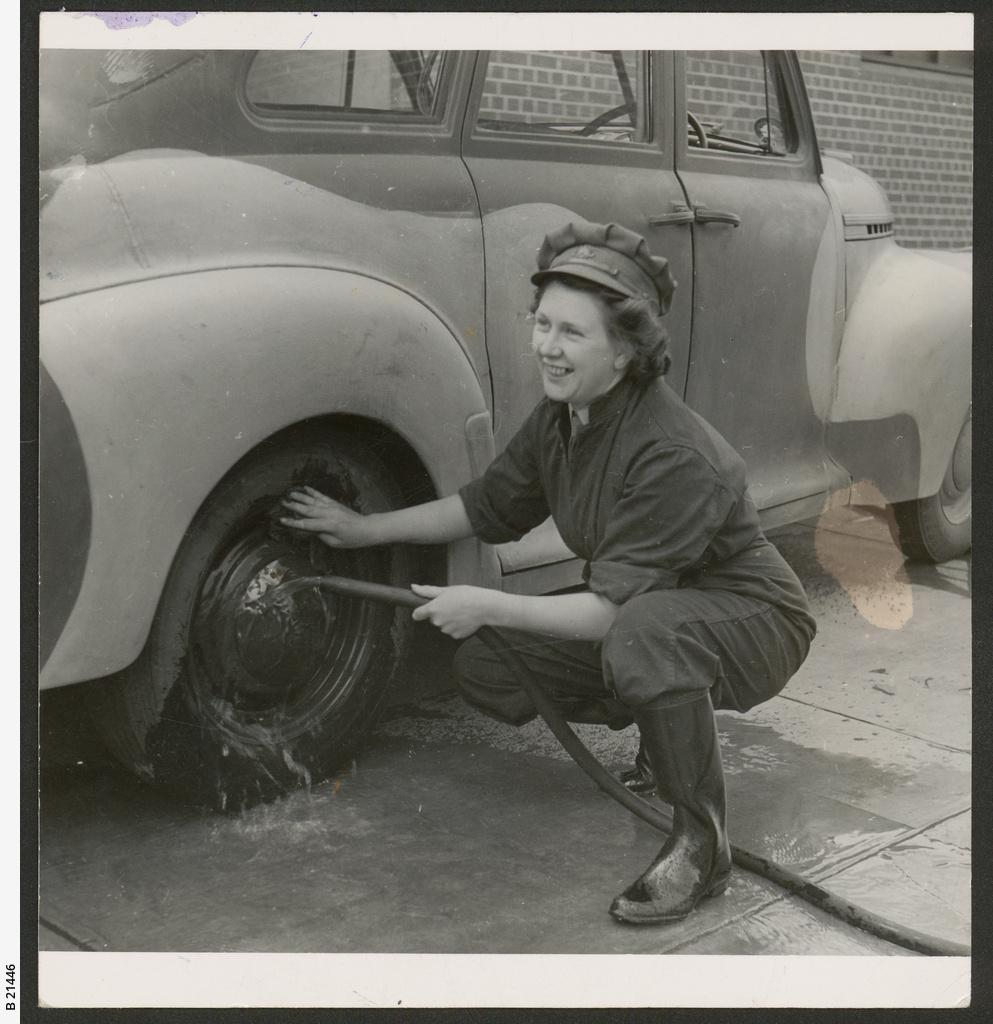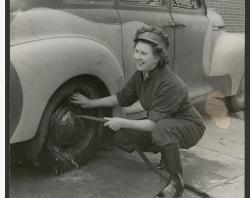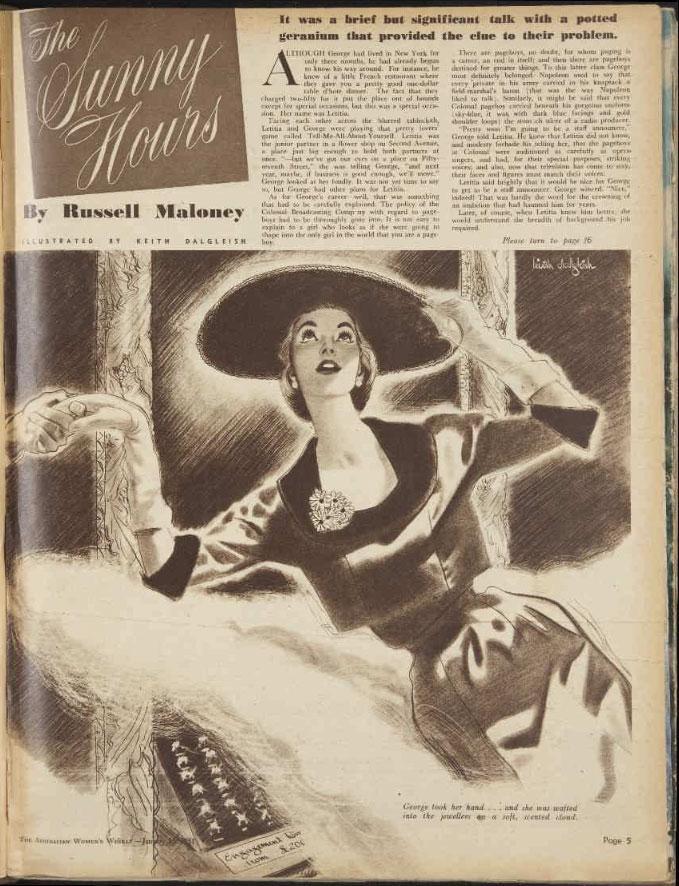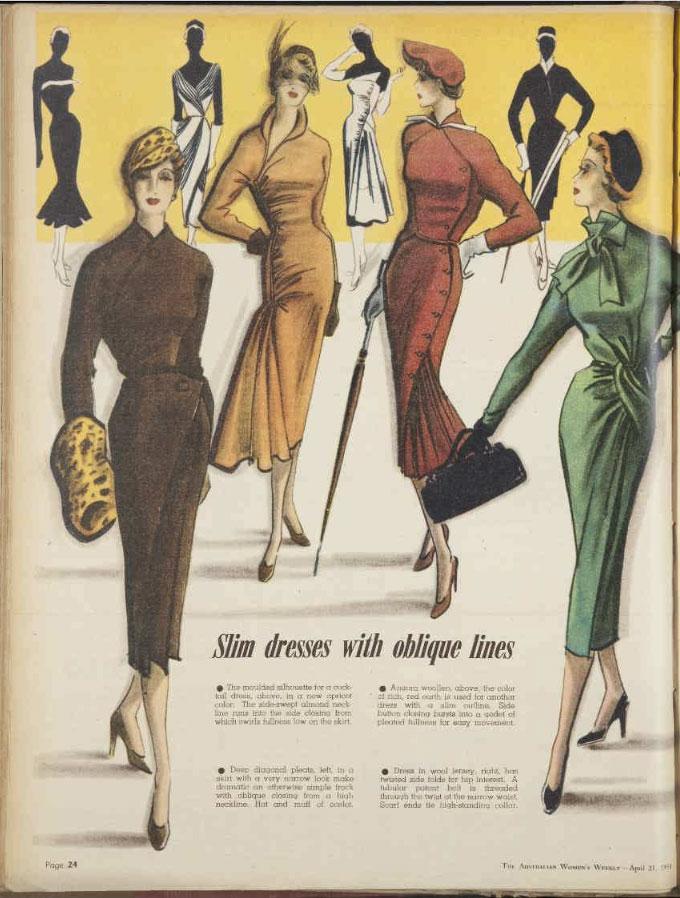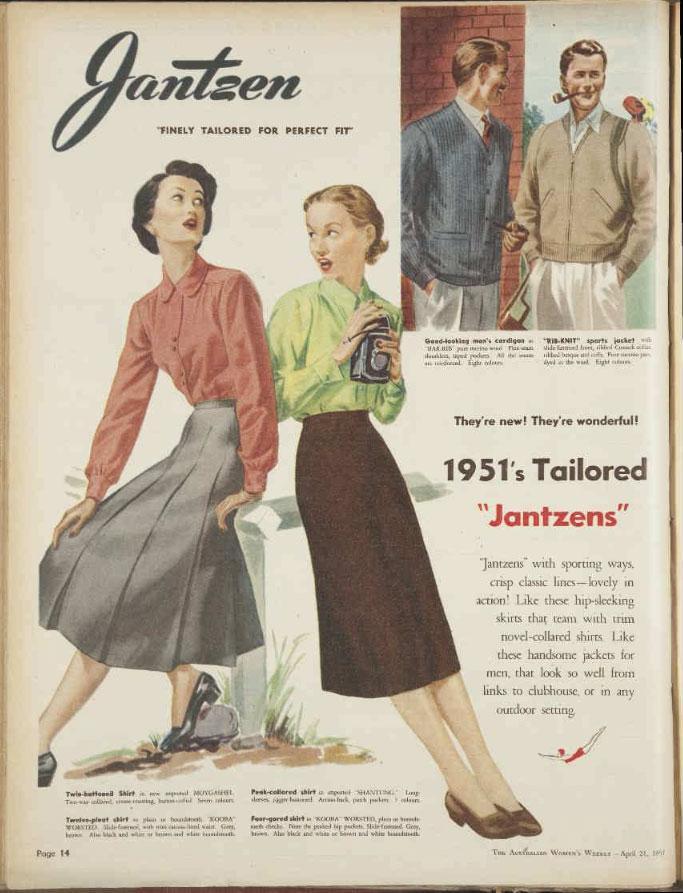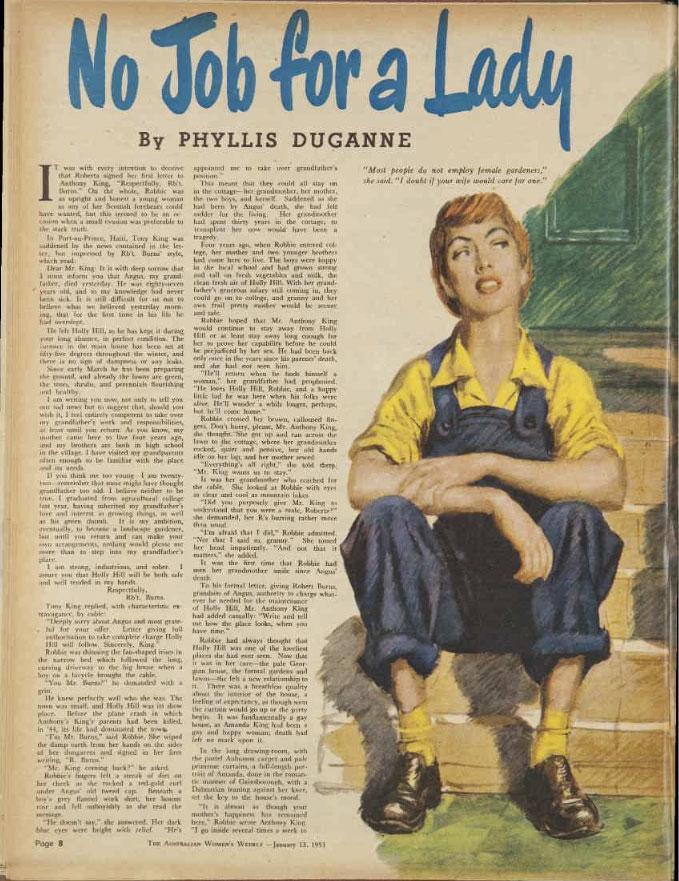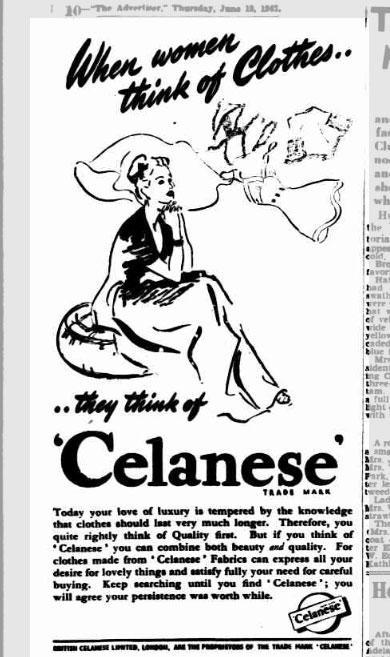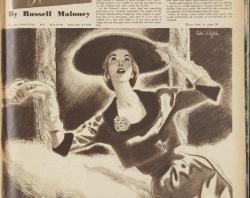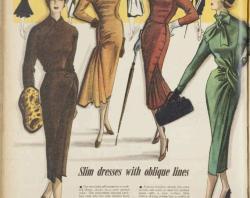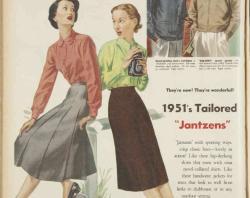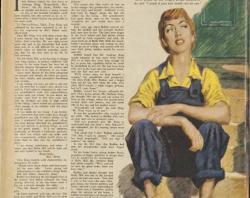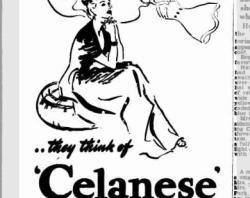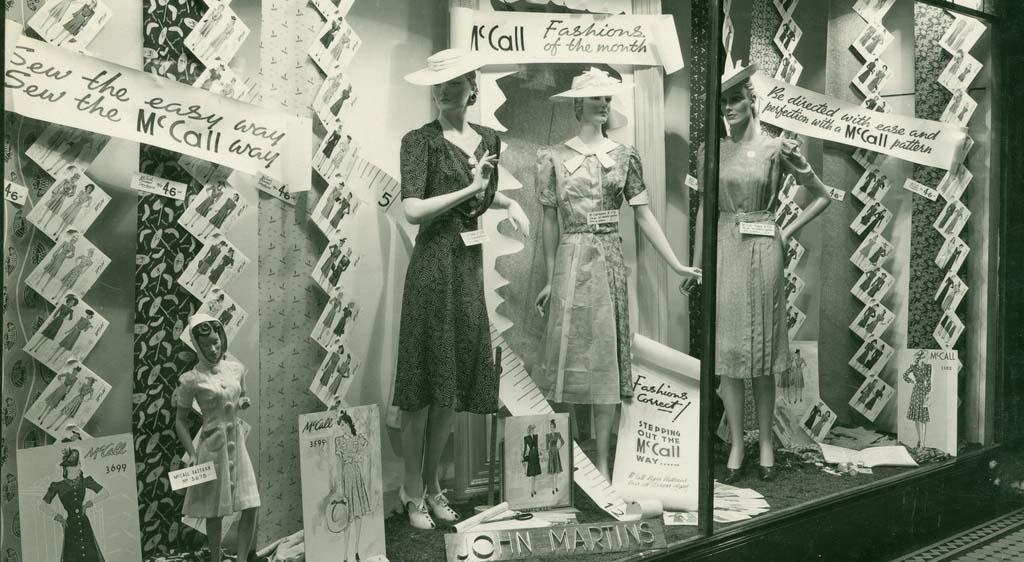
The fabric of war
How the war years of the 20th century reshaped fashion
The sombre colours of the First World War
The First World War saw dark colours used in fashion reflecting the sombre mood of the community as the war dragged on from 1914 to 1918. Black for mourning became a common sight as the numbers of the dead, wounded and missing increased. However lighter colours, especially cream and white, were worn extensively, especially by fund-raisers and volunteers. White was also a symbol of purity and was worn particularly by younger women and girls. In Britain, white also came to symbolise mourning as casualties mounted. Softer fabrics like jersey, previously used for sports clothing and underwear, were used for dresses and skirts. Tunics worn over skirts were popular and utilitarian clothing replaced the restrictive ‘hobble’ skirt and Orientalism fad of draped fabrics and bright colours and soft ballooning harem pants of the 1910s. The knitting of socks and other items for soldiers was a strong feature of home front support. Tens of thousands of Australians took part in knitting and sewing circles across the country.
Rationing
During the Second World War, the Federal Government introduced rationing for food and clothing. Prime Minister John Curtin told the people of Australia that ‘the darning needle is a weapon of war’. ‘Mend and make do’ became the country’s slogan. But not everyone agreed. Between the wars there had been an upsurge in manufacturing and increasing numbers wore store-bought clothing. So when rationing was introduced in mid-1942, department stores were besieged. Newspapers reported that massive crowds descended on to buy as much clothing as they could. Hat shops and millinery departments quickly sold out of stock. But it wasn’t just the ladies of Australia. It was reported that some men bought four or five suits and half a dozen pairs of shoes.
Despite this, many returned to making their own clothes as they had to do more with less. Some discovered that they could make a living from making or repairing clothes for others. Sewing classes took on a greater emphasis in schools. Fabrics had changed. By the 1940s artificial fabrics like the acetate rayon Celanese, were replacing silk. Rayon and fully synthetic materials such as nylon had largely replaced cotton and silk stockings but nylons were in short supply during the war. Wool was a feature of fashion clothing in Australia and knitting was encouraged as it had been during the First World War.
‘Mend and make do.’ ~ Thrift campaign slogan
Greater numbers of women became involved in factory and farm work, particularly during WWII in Australia. Although trousers had been worn in earlier decades, these were usually in the form of decorative lounging pyjamas or flowing garments worn over bathing costumes. The trousers and overalls worn by women for manual work were made of durable materials. These were much more practical for the work that had to be done and enabled women greater freedom of movement.
Rationing meant that fabrics and other resources were in shorter supply. Women began to wear trousers, skirts became shorter, and blouses became simpler. Dark colours became more popular too, reflecting both the darker mood of the community and the fact that clothes were often being worn for dusty factory work. Women started making their own clothes as they had to do more with less. Sewing took on a greater emphasis in schools. Some enterprising women found they could make a living from making or repairing clothes!
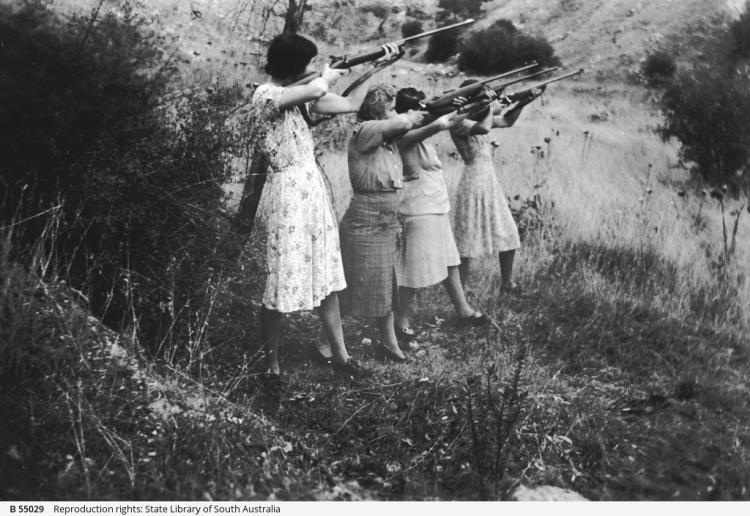
After the world wars
After WWII, people wanted to forget about fighting and rationing so the late 1940s and early 1950s saw the return of extravagance, both in the amount and kinds of fabric used, and decorative elements and accessories. Fabric also changed with the use of more manmade fibres such as Celanese which aimed to replace silk due to the shortages of the war. The 1960s saw the return of elegance and sophistication with silhouette fashions. But the style of simple utility remained and by the 1970s , it had became the norm to see women in all sorts of places wearing trousers or jeans in place of skirts and dresses.
Trousers, slacks and pants – Oh My!
Some of these new fashion changes caused consternation. Women continued to wear trousers and clothes that reflected a balance between style and functionality. Post-war this became a feminist issue. Trousers, slacks and pant suits began to be produced in numerous styles, colours and fabrics but were still considered inappropriate to wear outside of the home. In England, America and Australia, women who wore pants and trouser suits were barred from hotels, clubs, and workplaces for decades after the end of WWII.
“I wear a dress only when it would look conspicuous to wear these clothes.” ~ Katharine Hepburn
In fact, in 1951 Claridge’s Hotel in London refused entry to celebrated film actress Katharine Hepburn as women were not permitted to wear trousers in the hotel’s lobby. She ignored them and entered through the staff door instead.
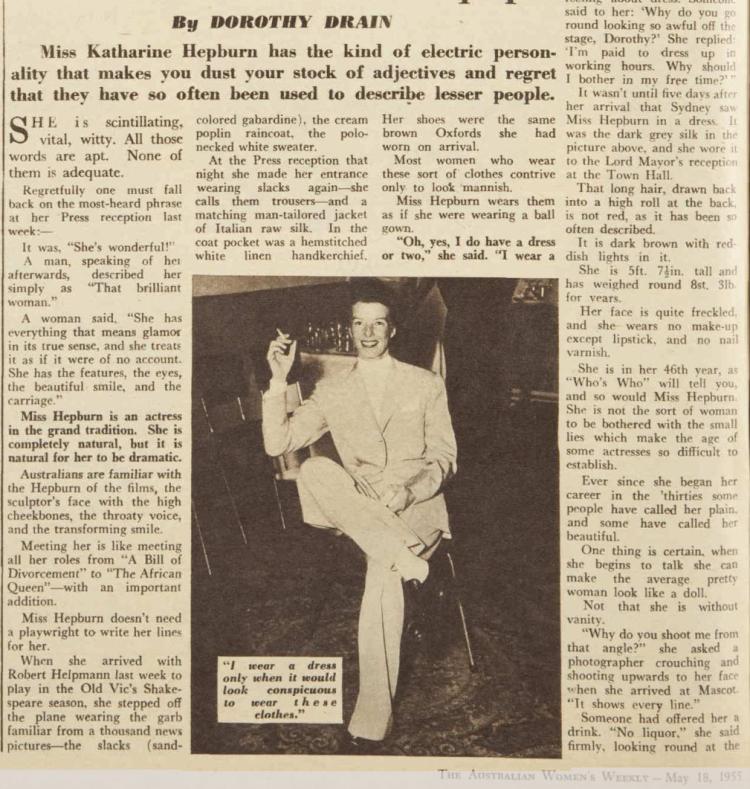
It was not until 1993 that women were permitted wear trousers on the floor of the USA Senate. In Australia, it took until 2019 before Queensland’s public schools allowed female students the option of pants rather than skirts and tunics.
More to explore
If you want to know more about how big events and societal changes that have impacted fashion check our catalogue. The State Library of South Australia holds more than 900 books related to the subject, growing to 2,500 if you expand the search to clothing and dress.
References
Lansdell, A 1999, Everyday fashions of the 20th century, Shire Books, Buckinghamshire, UK. SLSA: R 391.000941 L263
Fiell, C 2021, 1940s fashion: the definitive sourcebook, Wellbeck, UK. SLSA: R 391.009 F463
Walford, J 2008, Forties fashion: from siren suits to the new look, Thames & Hudson, UK. SLSA: R 391.009 W174
Lampkin, Veronica R. Madame Weigel: The woman who clothed the Australasian colonies SLSA: R 646.4 W419.L
